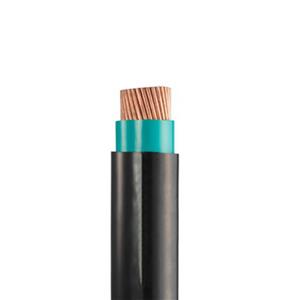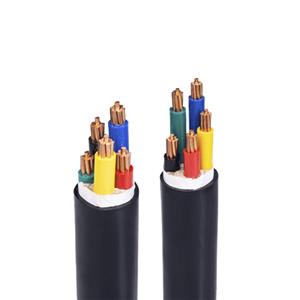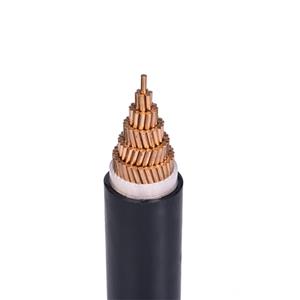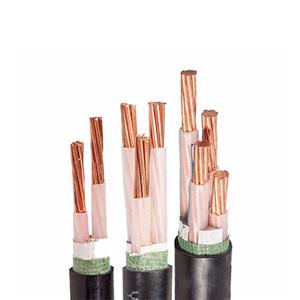What is the difference between steel wire armor and steel belt armor
In modern life, electricity is an invisible bond, tightly connecting every aspect of our lives. To adapt to complex and diverse environments and ensure stable power transmission, armored cables have emerged. Armored cables are like ordinary cables covered in a sturdy "protective suit." This protective suit is made of metal armor, which effectively resists various external damage and significantly increases the cable's service life and stability. Steel tape armor and steel wire armor are the two most common types of armor. So, what are the differences between these two types of armor?
Steel tape armor's name intuitively describes its construction. It primarily utilizes galvanized steel tape or aluminum alloy tape as the armoring material. Typically, two layers of steel tape are tightly wrapped around the cable's outer layer, either with intermittent or overlapping wrappings. Steel wire armor offers a different type of "armor." It utilizes galvanized steel, stainless steel, or aluminum alloy wire, tightly wrapped around the cable's outer layer in a single or double layer spiral. Steel tape armor offers excellent compressive strength, primarily due to its tightly wrapped steel tape structure. When the cable is subjected to external pressure, the steel belt evenly distributes the stress, preventing direct compression and damage to critical components such as the insulation and conductors within the cable. Steel-wire armored cables excel in tensile strength. The high strength and toughness of the steel wires enable them to withstand significant tension. In vertical power supply systems in high-rise buildings, where cables must withstand both their own weight and the potential tension from building sway, steel-wire armored cables are the optimal choice.

In practical applications, steel-tape armored cables offer a significant price advantage due to their relatively low material costs and simpler production process. However, steel-wire armored cables are more expensive, primarily due to the relatively high price of the steel wire itself and the more complex production process. The manufacture of steel wire requires multiple steps, from raw material selection to wire drawing, and strict quality control is required at every stage, which undoubtedly increases costs.

During the installation process, bending performance is a critical factor, directly impacting installation difficulty and efficiency. Due to the greater rigidity of the steel tape, steel-tape armored cables have a relatively large bending radius, generally requiring at least 12 times the cable's outer diameter. However, using steel-tape armored cables with this large bending radius may not allow them to smoothly navigate these narrow corners, requiring significant manpower and time to adjust and potentially requiring special cable treatment, which undoubtedly increases installation difficulty and cost. In contrast, steel-wire armored cables exhibit greater flexibility. The winding method of the steel wire allows the cable to bend freely to a certain extent, resulting in a relatively small bending radius. This advantage makes steel-wire armored cables more flexible and convenient during installation, allowing them to easily adapt to various complex routes.

The above comparisons reveal significant differences between steel-tape armored and steel-wire armored cables in terms of structure, performance, application, cost, and installation and maintenance. Steel-tape armored cables offer superior compressive strength and a lower cost, making them suitable for fixed installations with high compressive strength requirements. Steel-wire armored cables, on the other hand, offer superior tensile strength and flexibility. Despite their higher cost, they excel in environments requiring tensile stress and dynamic bending. In practical applications, the most appropriate armored cable should be selected based on specific needs and the intended use environment, taking into account a comprehensive range of factors.




